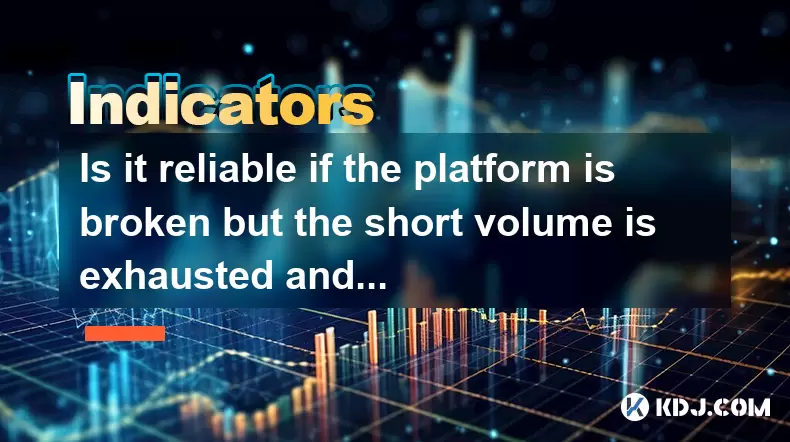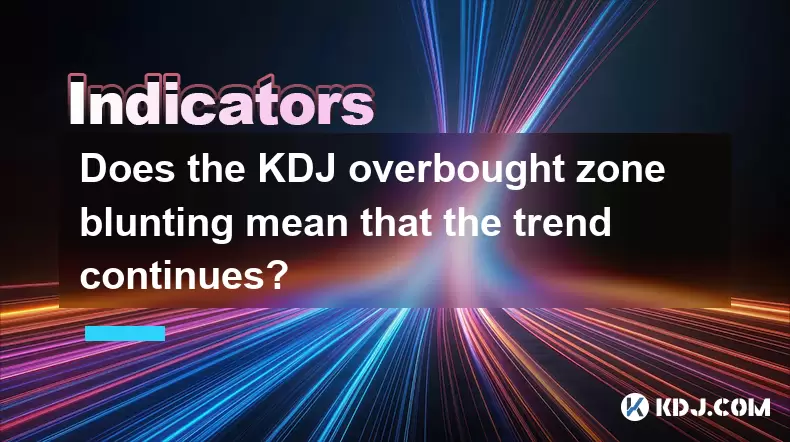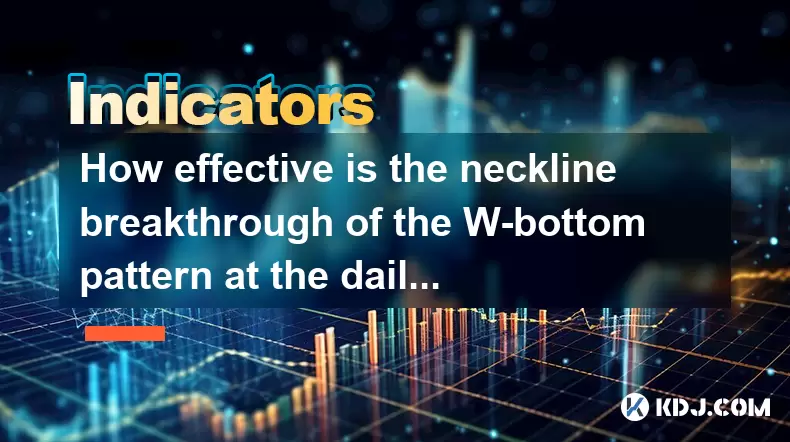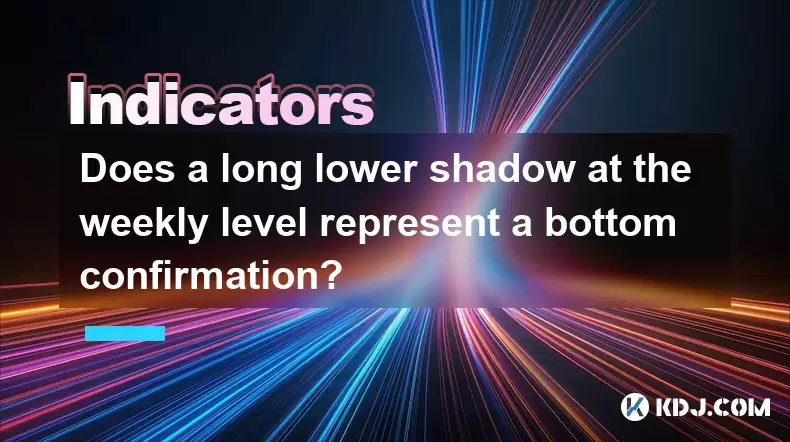-
 Bitcoin
Bitcoin $107,323.9971
-0.42% -
 Ethereum
Ethereum $2,442.7415
-1.58% -
 Tether USDt
Tether USDt $1.0005
0.00% -
 XRP
XRP $2.0902
-4.49% -
 BNB
BNB $645.3561
-0.33% -
 Solana
Solana $140.8832
-2.81% -
 USDC
USDC $0.9999
0.01% -
 TRON
TRON $0.2713
0.17% -
 Dogecoin
Dogecoin $0.1611
-2.35% -
 Cardano
Cardano $0.5556
-2.75% -
 Hyperliquid
Hyperliquid $36.8045
-1.10% -
 Bitcoin Cash
Bitcoin Cash $494.4393
-1.23% -
 Sui
Sui $2.6406
-2.97% -
 Chainlink
Chainlink $13.0846
-1.74% -
 UNUS SED LEO
UNUS SED LEO $9.0127
0.09% -
 Avalanche
Avalanche $17.4023
-1.37% -
 Stellar
Stellar $0.2339
-3.25% -
 Toncoin
Toncoin $2.8330
-0.57% -
 Shiba Inu
Shiba Inu $0.0...01124
-3.38% -
 Litecoin
Litecoin $84.9229
-0.60% -
 Hedera
Hedera $0.1432
-3.84% -
 Monero
Monero $311.0740
-1.35% -
 Bitget Token
Bitget Token $4.6591
3.94% -
 Dai
Dai $1.0001
0.01% -
 Ethena USDe
Ethena USDe $1.0000
-0.01% -
 Polkadot
Polkadot $3.3033
-1.64% -
 Uniswap
Uniswap $6.9221
-4.55% -
 Pi
Pi $0.5546
-4.86% -
 Aave
Aave $257.5046
-1.30% -
 Pepe
Pepe $0.0...09215
-3.26%
Is it reliable if the platform is broken but the short volume is exhausted and it will rebound?
Short volume exhaustion may signal a potential rebound, but confirmation through open interest, liquidation data, and market structure is crucial before entering trades.
Jun 27, 2025 at 10:49 am

Understanding Market Dynamics: Platform Breakdown and Volume Exhaustion
In the cryptocurrency market, price movements are often influenced by technical indicators and trader sentiment. When a platform or price level breaks down but the short volume is exhausted, it raises questions about the reliability of a potential rebound. To assess this scenario accurately, traders need to understand how volume exhaustion affects bearish momentum and whether a reversal is likely.
Volume exhaustion typically occurs when a large number of traders have already taken short positions, and there are not enough new sellers to continue pushing the price lower.
This phenomenon can be observed through tools like open interest, funding rates, and on-chain data such as liquidation heatmaps. When these metrics indicate that most shorts have been executed or liquidated, the downward pressure may ease.
How to Identify Short Volume Exhaustion
To determine if short volume has truly been exhausted, several key indicators should be analyzed:
- Open Interest (OI): A drop in open interest during a price decline suggests that shorts are being closed out or liquidated.
- Funding Rates: In perpetual futures markets, negative funding rates indicate more shorts than longs. If funding rates stabilize or turn positive after a downtrend, it could signal short covering.
- Liquidation Heatmaps: These show where large liquidations occurred. A spike in short liquidations at a certain price level indicates strong support forming there.
- Order Book Depth: Sudden thinning of sell orders after a breakdown may imply that selling pressure has subsided.
By cross-referencing these signals, traders can better judge whether a rebound is credible or merely a dead cat bounce.
Analyzing Historical Reversals After Short Exhaustion
Historically, many major cryptocurrencies have experienced sharp rebounds after significant short liquidations. For instance, Bitcoin’s price action in early 2023 saw multiple instances where a breakdown was followed by a strong rally once short positions were largely liquidated.
In such cases, market structure patterns like bullish engulfing candles, hammer formations, and higher lows on the order book suggest a shift in control from bears to bulls.
Traders who monitor these patterns closely can position themselves for a potential rebound by:
- Setting up long entries near previously broken support levels that now act as resistance-turned-support.
- Using tight stop losses just below the recent low to manage risk.
- Watching for a breakout above the nearest resistance zone to confirm the trend change.
These strategies rely heavily on confirming that the short squeeze is underway before entering a trade.
Tools and Platforms to Monitor Short Activity
Several platforms offer real-time insights into short activity and volume dynamics. Traders can use:
- Bybt.com: This site provides liquidation data, funding rate comparisons, and sentiment analysis across major exchanges.
- Glassnode: Offers on-chain analytics including miner behavior, exchange flows, and supply distribution — all useful for gauging broader market health.
- TradingView: Allows users to overlay volume profiles, order book depth, and custom scripts to analyze market structure.
- Dune Analytics: Provides customizable dashboards built by the community that can track complex derivatives data and macro trends.
Using these tools together gives a more comprehensive view of whether the market is set for a reversal.
Risks and Limitations of Relying on Short Exhaustion Signals
While short volume exhaustion may hint at an upcoming rebound, it is not a guaranteed indicator. Markets can remain irrational longer than expected, and new waves of selling can emerge even after apparent exhaustion.
Some risks include:
- False breakouts: The price may briefly rebound only to fall again if institutional players continue dumping.
- News-driven volatility: Unexpected regulatory actions or macroeconomic events can override technical signals.
- Whale manipulation: Large holders can trigger fake liquidations to trap retail traders before resuming the downtrend.
Therefore, while short exhaustion is a useful tool, it should never be used in isolation.
Frequently Asked Questions
Q: What is considered a reliable sign of short exhaustion?
A reliable sign includes a combination of declining open interest, increased short liquidations, and stabilizing funding rates. Additionally, a visible reduction in selling pressure on the order book confirms that the market is losing its bearish momentum.
Q: Can a broken platform still act as support after a rebound?
Yes, especially if the breakdown occurred on high volume and was quickly followed by a surge in buying. In such cases, the broken platform can become a psychological level where traders expect buyers to step in again.
Q: How long does a rebound typically last after short exhaustion?
The duration varies depending on market conditions. Some rebounds last only a few hours (especially in highly volatile altcoins), while others can persist for days if accompanied by positive news or improved macro conditions.
Q: Should I enter a trade immediately after noticing short exhaustion?
It's generally safer to wait for confirmation, such as a candlestick reversal pattern or a breakout above a key resistance level. Entering too early without confirmation increases the risk of getting caught in a false move.
Disclaimer:info@kdj.com
The information provided is not trading advice. kdj.com does not assume any responsibility for any investments made based on the information provided in this article. Cryptocurrencies are highly volatile and it is highly recommended that you invest with caution after thorough research!
If you believe that the content used on this website infringes your copyright, please contact us immediately (info@kdj.com) and we will delete it promptly.
- Bitcoin, Hackers, and India's Reserve: A Crypto Cocktail
- 2025-06-27 15:10:12
- AI Beings Emerge: CARV's Roadmap to Web3 AI Sovereignty
- 2025-06-27 14:50:14
- Worldcoin Tanks, Neo Pepe Rises: The Meme Coin Revolution
- 2025-06-27 15:10:12
- Coinbase Soars to All-Time High: What's Fueling the Crypto Giant's Rally?
- 2025-06-27 14:55:12
- Undervalued Cryptocurrencies Primed for a 2025 Takeoff: Don't Miss These Hidden Gems!
- 2025-06-27 14:35:12
- Bitcoin's Double Top: Is a Price Crash Inevitable?
- 2025-06-27 14:58:49
Related knowledge

Does the KDJ overbought zone blunting mean that the trend continues?
Jun 27,2025 at 03:35pm
Understanding the KDJ Indicator in Cryptocurrency TradingThe KDJ indicator, also known as the stochastic oscillator, is a popular technical analysis tool used by traders to identify overbought or oversold conditions in asset prices. In the cryptocurrency market, where volatility is high and trends can change rapidly, understanding how to interpret the K...

Does the CCI indicator break through +200 mean that it is seriously overbought?
Jun 27,2025 at 01:08pm
Understanding the CCI Indicator and Its Relevance in Cryptocurrency TradingThe Commodity Channel Index (CCI) is a technical analysis tool widely used by traders in various financial markets, including cryptocurrency. Originally developed by Donald Lambert for commodities, it has since been adopted across asset classes to identify overbought or oversold ...

Is it necessary to reduce the position when the KDJ indicator forms a dead cross in the overbought area?
Jun 27,2025 at 02:28pm
Understanding the KDJ Indicator and Its Role in Cryptocurrency TradingThe KDJ indicator is a momentum oscillator widely used in technical analysis, especially within cryptocurrency trading. It consists of three lines: the K-line, D-line, and J-line, which help traders identify overbought and oversold conditions. In crypto markets, where volatility is hi...

How effective is the neckline breakthrough of the W-bottom pattern at the daily level?
Jun 27,2025 at 03:21pm
Understanding the W-Bottom Pattern in Cryptocurrency TradingThe W-bottom pattern is a well-known technical analysis formation used by traders to identify potential trend reversals from a downtrend to an uptrend. In cryptocurrency markets, where volatility is high and price action can be unpredictable, understanding the effectiveness of this pattern beco...

How lethal is the death cross of EXPMA12 and 50 lines?
Jun 27,2025 at 11:15am
Understanding the Death Cross in EXPMA IndicatorsThe death cross is a technical analysis pattern that signals a potential bearish trend reversal. In the context of the EXPMA (Exponential Moving Average), particularly when analyzing the crossover between the EXPMA12 and EXPMA50 lines, traders often interpret this as a strong sell signal. The death cross ...

Does a long lower shadow at the weekly level represent a bottom confirmation?
Jun 27,2025 at 10:56am
Understanding the Weekly Lower Shadow in Candlestick AnalysisIn cryptocurrency trading, weekly candlestick patterns are often scrutinized for potential trend reversals. A long lower shadow at the weekly level indicates that during the week, sellers pushed prices down significantly but were met with strong buying pressure that closed the candle near its ...

Does the KDJ overbought zone blunting mean that the trend continues?
Jun 27,2025 at 03:35pm
Understanding the KDJ Indicator in Cryptocurrency TradingThe KDJ indicator, also known as the stochastic oscillator, is a popular technical analysis tool used by traders to identify overbought or oversold conditions in asset prices. In the cryptocurrency market, where volatility is high and trends can change rapidly, understanding how to interpret the K...

Does the CCI indicator break through +200 mean that it is seriously overbought?
Jun 27,2025 at 01:08pm
Understanding the CCI Indicator and Its Relevance in Cryptocurrency TradingThe Commodity Channel Index (CCI) is a technical analysis tool widely used by traders in various financial markets, including cryptocurrency. Originally developed by Donald Lambert for commodities, it has since been adopted across asset classes to identify overbought or oversold ...

Is it necessary to reduce the position when the KDJ indicator forms a dead cross in the overbought area?
Jun 27,2025 at 02:28pm
Understanding the KDJ Indicator and Its Role in Cryptocurrency TradingThe KDJ indicator is a momentum oscillator widely used in technical analysis, especially within cryptocurrency trading. It consists of three lines: the K-line, D-line, and J-line, which help traders identify overbought and oversold conditions. In crypto markets, where volatility is hi...

How effective is the neckline breakthrough of the W-bottom pattern at the daily level?
Jun 27,2025 at 03:21pm
Understanding the W-Bottom Pattern in Cryptocurrency TradingThe W-bottom pattern is a well-known technical analysis formation used by traders to identify potential trend reversals from a downtrend to an uptrend. In cryptocurrency markets, where volatility is high and price action can be unpredictable, understanding the effectiveness of this pattern beco...

How lethal is the death cross of EXPMA12 and 50 lines?
Jun 27,2025 at 11:15am
Understanding the Death Cross in EXPMA IndicatorsThe death cross is a technical analysis pattern that signals a potential bearish trend reversal. In the context of the EXPMA (Exponential Moving Average), particularly when analyzing the crossover between the EXPMA12 and EXPMA50 lines, traders often interpret this as a strong sell signal. The death cross ...

Does a long lower shadow at the weekly level represent a bottom confirmation?
Jun 27,2025 at 10:56am
Understanding the Weekly Lower Shadow in Candlestick AnalysisIn cryptocurrency trading, weekly candlestick patterns are often scrutinized for potential trend reversals. A long lower shadow at the weekly level indicates that during the week, sellers pushed prices down significantly but were met with strong buying pressure that closed the candle near its ...
See all articles























































































